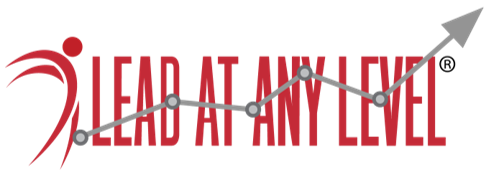Author: David Rowell
-
Living Oar-to-Water
While working toward your goals, don’t forget to enjoy the living that happens along the way. The journey itself matters.
-
Selling to the Heart (Not the Head)
Selling your ideas is probably required of you more often than you think. Here’s how to get it right so you can lead at any level!
-
Vulnerability: Why It’s More than Okay to Ask for Help
In my years working in leadership and diversity instruction and consultation, one of the most powerful lessons I learned myself was how much power there is in acts of vulnerability. And in the spirit of that lesson, I freely admit that even with my years of experience in this field, I learned this fact only…
-
Pink-Collar Jobs
Jobs historically staffed by women are known as “pink-collar jobs.” Here’s how we can start valuing women’s work equitably.
-
Life without Closets
In a recent podcast interview, I was asked this final question: “What one thing do you know?” My answer, in short, was that we all have closets. That statement is in no way intended to detract from the very real experiences of people in the LGBTQ+ community. Rather, while acknowledging that “closets” are most closely…
